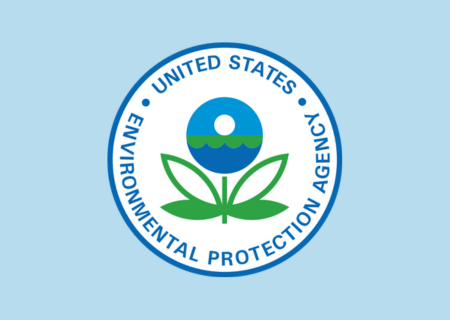On August 10, 2023, EPA announced the availability of approximately $50 million in grants through the Sewer Overflow and Stormwater Reuse Municipal Grant (OSG) Program. Funds can be used for the planning, designing, and construction of combined sewer overflows (CSOs), sanitary sewer overflows (SSOs), and stormwater management projects. See below for a link to the FY 2023 OSG Allotment Memorandum.
On November 18, 2022, EPA issued a memorandum describing amendments from the Bipartisan Infrastructure Law to the OSG program. These amendments establish a stronger focus on providing assistance to rural and financially distressed communities for sewer overflow and stormwater needs. This memorandum also provides state allotments from fiscal year 2022 appropriations, which have been updated to reflect current precipitation data and 2020 Census data. A link to this memorandum can be found at the bottom of this page.
On March 29, 2021, the OSG program assistance listing was posted to SAM.gov and includes information on the application requirements for the program.
On February 24, 2021, EPA published a Federal Register Notice establishing the allocation formula for the upcoming OSG program. This formula describes how EPA will distribute program funds for the states, District of Columbia, and the U.S. territories to provide grants to manage combined sewer overflows, sanitary sewer overflows, and stormwater flows. In August 2020, EPA proposed an allocation formula for this program and received comments from the public which were considered in finalizing the formula.
Program Information
Urban stormwater is a significant source of water pollution and can be a public health concern. Stormwater can collect various pollutants including trash, chemicals, oils, and dirt/sediment and convey them to nearby waterways. When mixed with domestic and industrial wastewater in combined sewers, stormwater can also contribute to combined sewer overflows during heavy storm events. Managing runoff remains a complex environmental challenge for local communities across the country. Many communities often face financial challenges trying to correct these issues given the costs to construct, operate, and maintain the infrastructure. This new grant program will provide funding for critical stormwater infrastructure projects in communities including combined sewer overflows (CSO) and sanitary sewer overflows (SSO).
America’s Water Infrastructure Act (AWIA) of 2018 amended section 221 of the Clean Water Act, which reauthorized the Sewer Overflow and Stormwater Reuse Municipal Grants program. These amendments expanded project eligibilities to include stormwater management projects and authorized appropriations for the program. Grants will be awarded to states, which will then provide sub-awards to eligible entities for projects that address infrastructure needs for CSOs, SSOs, and stormwater management. In 2021, the Bipartisan Infrastructure Law amended the program to add a focus on funding projects in rural and finically distressed communities while also eliminating project cost share requirements for these communities.
States are required to prioritize funding projects for communities that are financially distressed, have a long-term municipal CSO or SSO control plan, or for projects that have requested a grant on their Clean Water State Revolving Fund (CWSRF) Intended Use Plan. Projects under this program will have many of the same program requirements as the CWSRF and, to the extent that eligible projects are available, at least 20 percent of a state’s allocation must be used for green infrastructure, water and energy efficiency improvements, and other environmentally innovative activities. In addition, a state should use at least 25 percent of a grant for available projects located in rural communities (population of 10,000 of less) and/or in financially distressed communities. States may apply up to four percent of their allotment towards their administrative expenses. In total, the program has been appropriated over $160 million.
EPA developed the allotment formula for the OSG program to best address CSOs, SSOs, and stormwater needs for each state, as determined by the data from the latest Clean Watersheds Needs Survey, along with supplemental data on population, urban population, and precipitation.


